| Possibly. These days, many countries have banned asbestos products. However, not all countries have done so, and some chalk or talc products from places with less strict regulation may still be contaminated with asbestos. Complicating the problem is that asbestos is a mineral that forms among other minerals, and there have been some high profile cases of asbestos contaminating talc and chalk products because of mineral contamination when it was mined. This has led to people developing asbestos-related diseases from using these products, including even cancer. Exercise caution in using talcum or chalk products, and when in doubt about its origin or contents, get it tested by a licensed asbestos testing lab, or replace it. |
Both Talc and Chalk products have been known to be contaminated with asbestos.
Even though many uses of asbestos have been banned, use caution when buying and using these products.
For the last few decades, we’ve been told how dangerous asbestos is, even in trace amounts. Homes are remodeled with great care to remove all traces of this dangerous substance, and many products have been reformulated to remove it from their original recipe.
Still, asbestos occasionally appears in news headlines when it is found in everyday products like baby powder. Typically, traces of asbestos are found in conjunction with talc and sometimes even with chalk.
Is there asbestos in talc or chalk, and what should you do to avoid the risk of harmful effects? Here we’ll dive deeper into asbestos and its link to other common products.
!
If you believe that you were exposed to asbestos, even as a child, speak to a healthcare provider about tests and screening to help diagnose lung-scarring and screen for asbestos-related diseases.
The History of Asbestos
Asbestos itself is not a singular substance. It is a group of minerals that occur naturally. These six minerals are made up of heat-resistant fibers.
Commercial asbestos is typically mined from large deposits, but it can also be found as a contaminate within other minerals such as talc.
Asbestos traces were found in candle wicks used as early as 4,000 B.C. Asbestos has been useful throughout history for its fire resistance. Even in modern times, it has proved invaluable in the automobile, construction, chemical, and power industries.
| Asbestos is highly resistant to heat, pressure and corrosion, so it was used in many products, vehicles and buildings. In particular, many workplaces like factories, refineries, foundries and shipyards involve high amounts of heat, and were built with a lot of asbestos. | |||
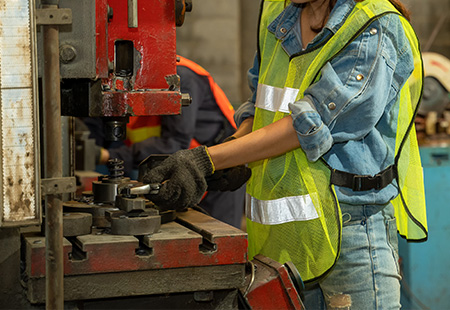  | 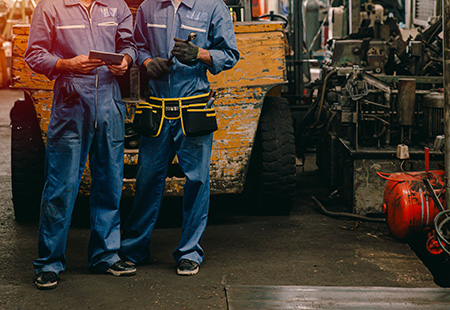  | 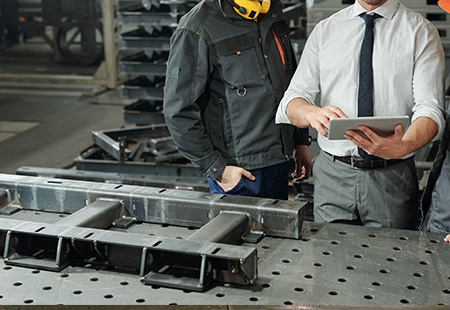  | 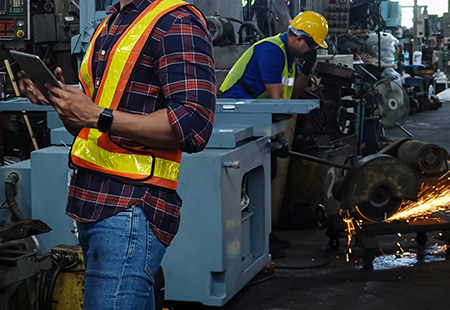  |
Health Problems and Asbestos
Long before the dangers of asbestos were known, it was used in many consumer products.
Today, we know that asbestos can cause cancers, including mesothelioma and lung cancer. People develop health problems not only from direct asbestos exposure but also from exposure to minerals like talc that can be contaminated with asbestos.
“Generally, those who develop asbestos-related diseases show no signs of illness for a long time after exposure.”Source: National Cancer Institute (NIH)1 |
Over time, asbestos fibers can have significant health effects on the body.
Asbestos accumulates in the body during exposure periods, and those fibers cause dangerous effects, including:
- Asbestosis
- Mesothelioma
- Lung cancer
- COPD
- Pleuritis
- Ovarian cancer
- Laryngeal cancer
“All forms of asbestos are carcinogenic to humans.” 2
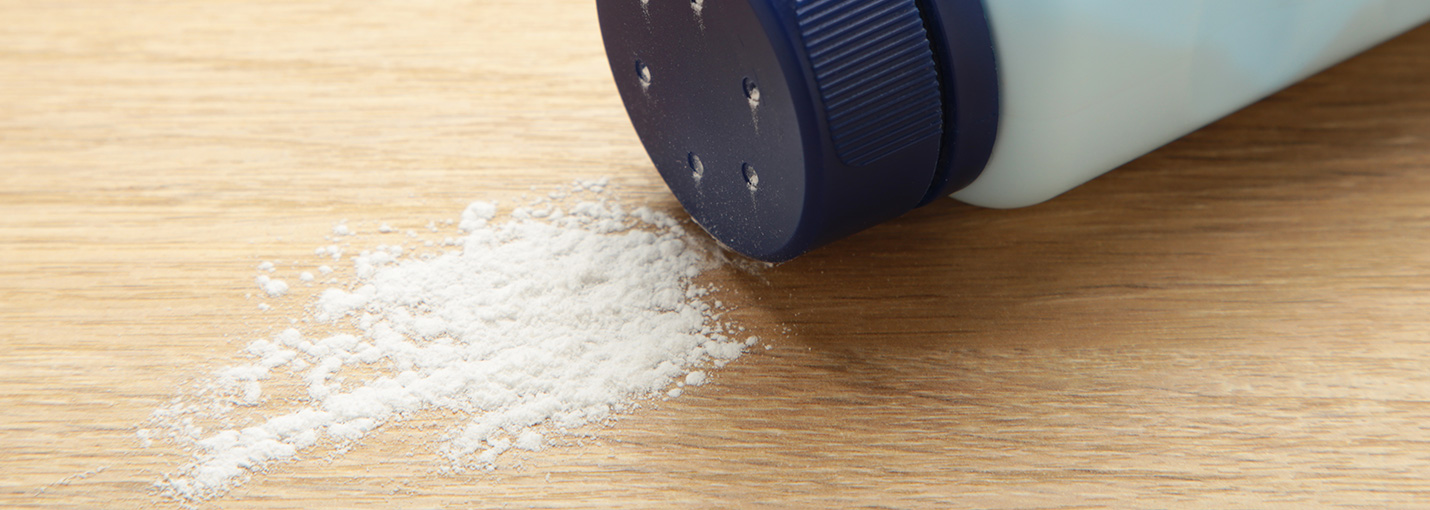

Is There Asbestos in Chalk?
Over the last few decades, there have been many concerns about whether or not chalk, including types used commonly by children and in classrooms, is contaminated with asbestos. However, a study showed that there are no considerable traces of asbestos in chalk.
Chalk often comes from limestone, a mineral formed mainly by dead plants and plankton that have been compressed. When mined, limestone isn’t known to be contaminated by asbestos.
People who worked in these industries prior the mid-1980s have a higher risk of developing asbestos-related diseases:
| Construction | Factories | Foundries | Refineries | Shipyards | Mining / Milling |
| Demolition | Insulation | Steelworkers | Pipe Fitting | Shipbuilding | Mechanics |
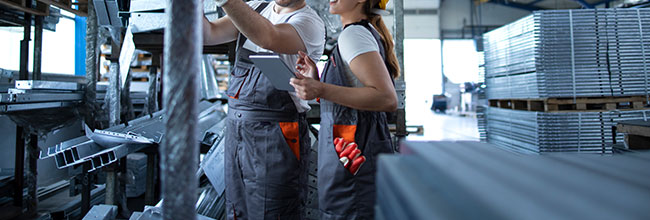  | 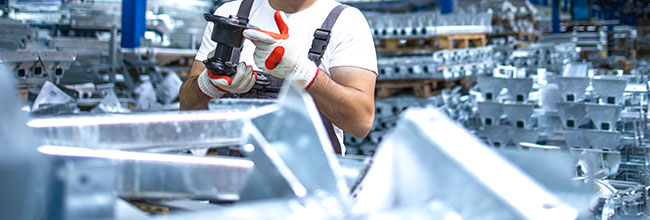  | 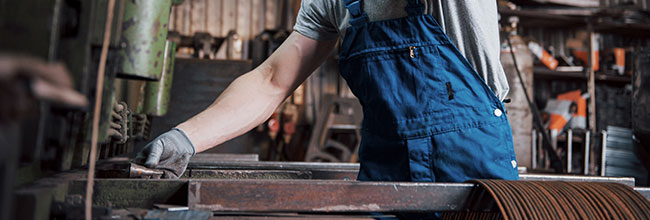  | |||
| Roofing | Textiles | Iron workers | Boilers | Firefighting | Brake Repair |
| Flooring | Cement | Electricians | Gasket Repair | Railroad | HVAC |
Unfortunately so do their families.
Chalk used in industries like construction may contain asbestos.
There are different kinds of chalk, however, used in construction. Construction works often used industrial chalk. In the past, this chalk frequently contained asbestos. Today, there are regulations in the U.S. to prevent and limit asbestos exposure through industrial materials, but products should still be vetted carefully.
“The overall evidence suggests there is no safe level of asbestos exposure.”Source: National Cancer Institute (NIH)3 |
Is There Asbestos in Talc?
Many individuals also worry about the risk of talc being contaminated with asbestos. In fact, a recent lawsuit has led Johnson & Johnson to make plants to remove talc-based baby powder from the market in 2023.
What exactly is talc, and why is there a risk of it being contaminated?
Asbestos has no taste or smell.
You may not know you’re breathing it.


Talc: Mined Alongside Asbestos
Talc is a mineral often found in clay. Talc deposits are typically mined underground, and it is incredibly soft. Talc’s softness makes it an excellent mineral to include in various products, including baby powder, makeup, and even industrial products.
Minerals like talc are typically found in mixed deposits. Among other minerals, these mixed deposits may contain asbestos. Cross-contamination between the two can happen due to how minerals are deposited and mined.
Studies discovered asbestos contamination in cosmetic products, including those intended to be marketed to children. Over long periods of exposure, talc-based baby powder has also been linked to instances of ovarian cancer. Evidence suggests this is due to asbestos contamination.
Do You Qualify For Compensation?
Quickly and easily find out how you were exposed by searching W.A.R.D., the largest asbestos database on the planet.
FREE SEARCH >As talc is used in many cosmetics to absorb moisture and improve the feel of the products, it’s important to be aware of the risks involved with using talc-based items. There are also many pills, supplements, and crayons that include some type of talc. While it’s not a guarantee that talc in these products would be contaminated, an ongoing risk must be assessed.
In particular, workers creating these products who are exposed to it when dry and powdery are at a higher risk for asbestos exposure. As talc is cut, any asbestos in the mineral grouping may release dangerous particles.
Several health studies have shown that the spouses of asbestos workers are at an elevated level of risk for asbestos illnesses like lung cancer.4 5 6 7
Staying Safe: Asbestos Recommendations
If you believe that you have encountered asbestos or a product that may be contaminated, experts recommend specific actions:
- Work with an asbestos abatement team to determine if removing or sealing off the asbestos is the better option.
- Seal off any contaminated areas and ensure central air systems are not running as this risks asbestos particles spreading more than necessary.
- Be sure to wear a high-efficiency respirator and filter when removing asbestos.
- Ensure that all asbestos-contaminated products are disposed of at the proper facilities.
Over $30 Billion is still available (No lawsuit. No fees unless you receive money. No risk.) Stake your claim.   |
Speak to your employer about ensuring your talc or chalk product is asbestos-free.
Individuals working in factors where they will be exposed to talc or asbestos should ensure their employers provide necessary safety equipment, health screenings, and follow-up health care as needed. Any business working with these potentially risky materials must provide this if they want to be supportive to their employees.
AsbestosClaims.Law
At AsbestosClaims.Law, our mission to secure compensation for asbestos victims is more than professional; it’s personal.
Our founder, Justinian C. Lane, understands the devastating impacts of asbestos firsthand.
Both his grandparents and father, all asbestos workers, passed away from asbestos-induced cancers without realizing their eligibility for asbestos lawsuits or other forms of compensation.
We aim to prevent such tragic oversights by informing and guiding victims and their families through their legal options.
If you or your loved ones have suffered as a result of asbestos exposure, you could be eligible for considerable compensation. These funds could provide for medical treatments, asbestos removal services, and safeguard your health.
In addition, asbestos trusts offer compensation without the need for a lawsuit, providing a quicker, simpler path to justice.
Reach out to us at [email protected] or (206) 455-9190 for assistance with your claim. We offer compassionate listening, clear explanations, and we don’t charge a dime unless we win your case.
Beyond legal claims, we also advise on veterans’ disability, social security, and employment protection like workers’ compensation, FELA, and The Jones Act for maritime workers.
There’s no risk or cost to connect with our experienced team about your rights. Our commitment to your well-being means no fees unless you receive compensation.
| For further queries or concerns about asbestos, explore our website and YouTube page, featuring infographics, videos, and answers to common questions on asbestos-related topics. |
We’ve also introduced W.A.R.D., the Worldwide Asbestos Research Database. It’s the most comprehensive resource for asbestos-related information.
W.A.R.D. assists in pinpointing potential exposure scenarios, asbestos-containing products, and can indicate the types and potential amounts of compensation you may be entitled to receive.
Don’t delay — get in touch with us today!
1 National Cancer Institute (NIH), Asbestos Fact Sheet.
2 IARC Working Group on the Evaluation of Carcinogenic Risks to Humans. Arsenic, metals, fibres, and dusts. IARC Monographs on the Evaluation of Carcinogenic Risks to Humans. 2012 ;100(Pt C):11-465. PMID: 23189751.
3 National Cancer Institute (NIH), Asbestos Fact Sheet.
4 Ferrante, D., Bertolotti, M., Todesco, A., Mirabelli, D., Terracini, B. and Magnani, C., 2007. Cancer mortality and incidence of mesothelioma in a cohort of wives of asbestos workers in Casale Monferrato, Italy. Environmental Health Perspectives, 115(10), pp.1401-1405.
5 Miller, A., 2005. Mesothelioma in household members of asbestos‐exposed workers: 32 United States cases since 1990. American journal of industrial medicine, 47(5), pp.458-462.
6 Reid, A., Heyworth, J., De Klerk, N. and Musk, A.W., 2008. The mortality of women exposed environmentally and domestically to blue asbestos at Wittenoom, Western Australia. Occupational and environmental medicine, 65(11), pp.743-749.
7 İşten, B.H.S.T.O. and Maruziyetler, E.T., 2021. Exposures Moved from Work to Home as a Public Health Hazard.




